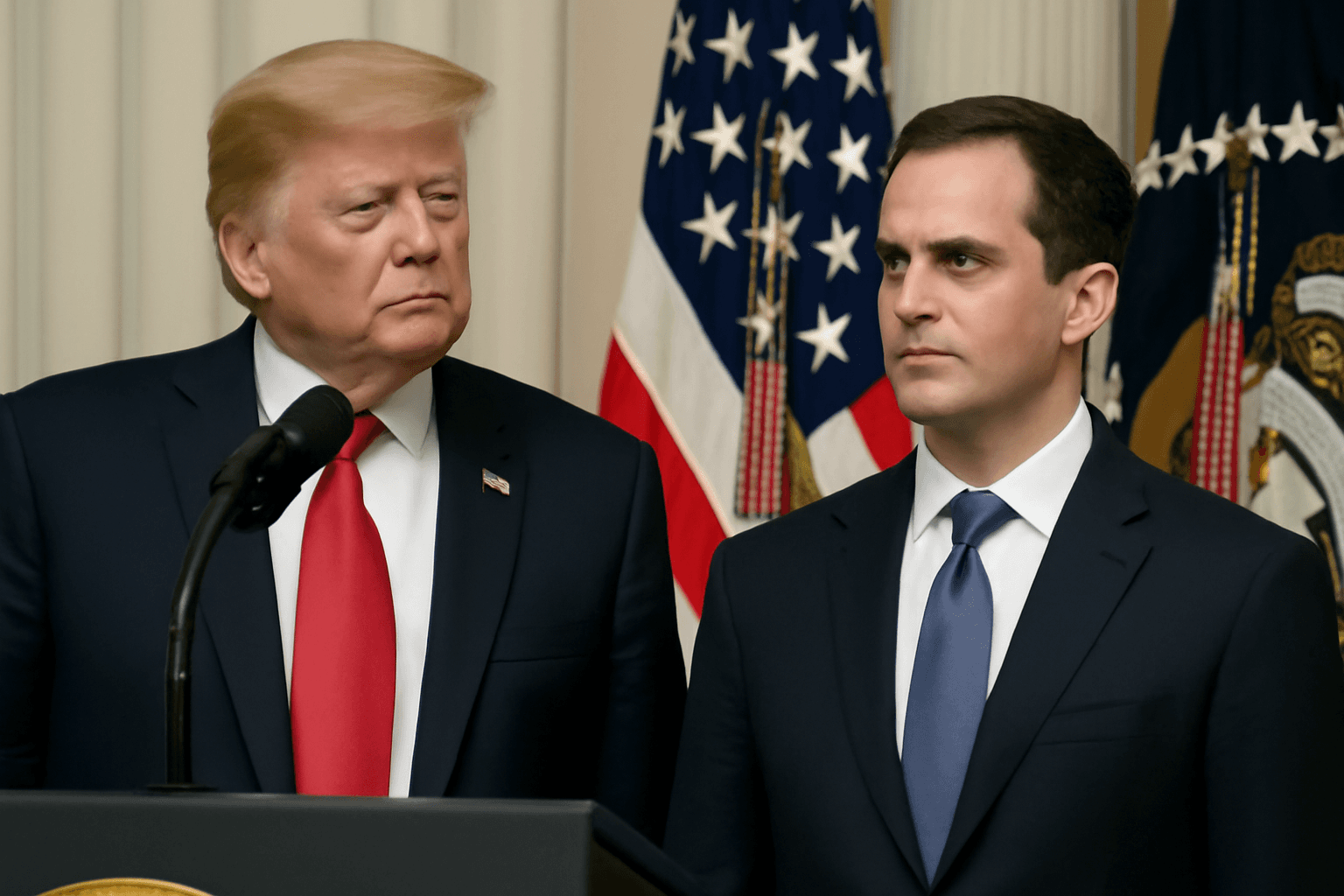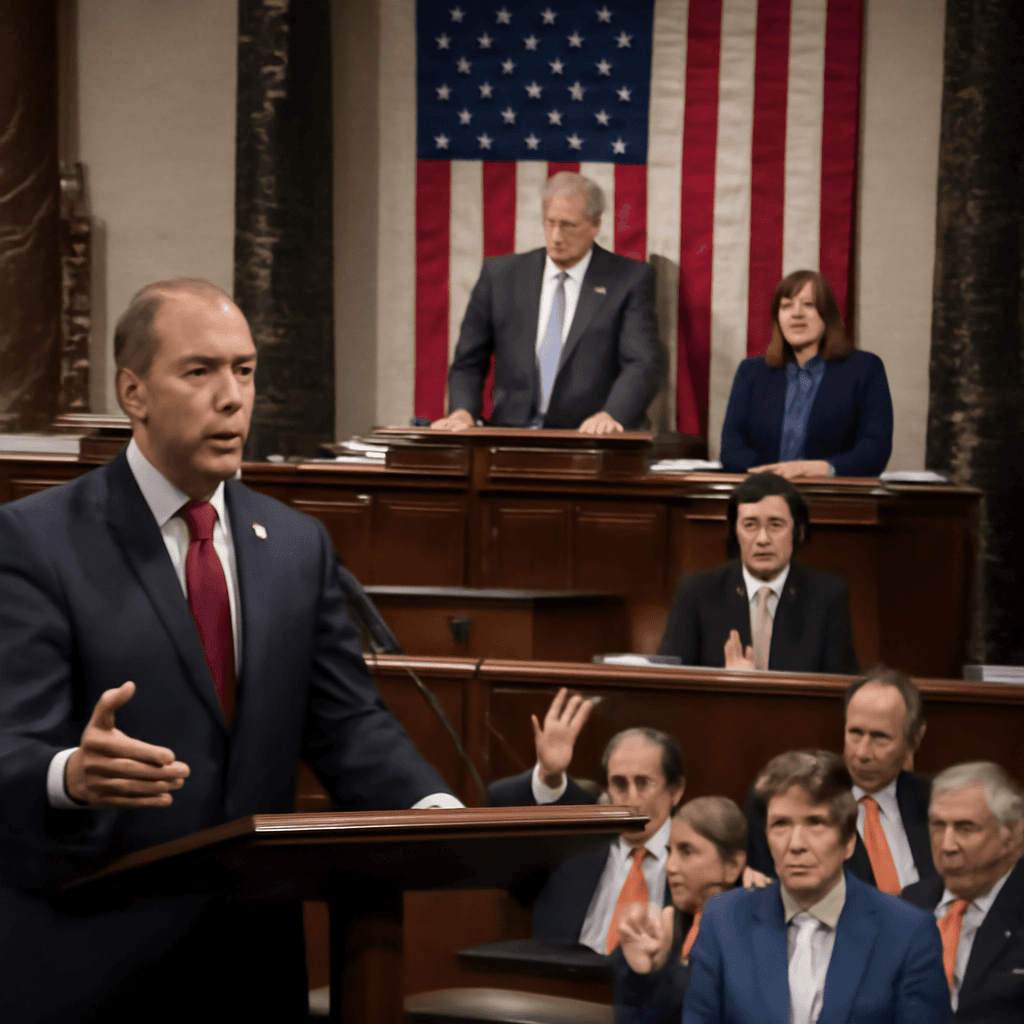Trump Finalizes Landmark Tax and Spending Legislation
On July 4, 2025, President Donald Trump etched a defining moment of his second term by signing a sweeping tax and spending bill into law. Set against the backdrop of the White House Independence Day festivities, Trump underscored the occasion with a ceremonial gavel bang — a symbolic close to the bill’s congressional journey.
The legislation, primarily championed by Republicans, represents the most significant domestic policy achievement of Trump’s current administration. It delivers on key campaign pledges, including tax relief on tip income and social security benefits, while introducing extensive modifications to major social welfare programs.
“America’s winning like never before,” Trump declared during the signing ceremony, celebrating a string of administration successes, including recent military actions and favorable Supreme Court rulings. Standing alongside Republican leaders and cabinet members, he hailed the bill as a fulfillment of promises made to the American people.
Deep Cuts to Social Programs Stir Strong Reactions
Despite the administration's optimistic outlook, the bill has drawn sharp criticism, especially regarding its significant welfare cuts. The package extends tax cuts from 2017 but includes hefty reductions totaling $1.2 trillion to Medicaid and the Supplemental Nutrition Assistance Program (food stamps).
The Congressional Budget Office projects these measures will result in nearly 12 million people losing health insurance coverage, sparking concerns about the bill's impact on vulnerable populations. Additionally, the legislation boosts funding for immigration enforcement and reverses several policies enacted during previous Democratic administrations, including rolling back Medicaid expansion and eliminating certain renewable energy tax credits.
Critics have labeled the legislation a giveaway to wealthy individuals and large corporations at the expense of everyday American workers. AFL-CIO President sharply condemned it as the “worst job-killing bill in American history,” warning it will strip healthcare from millions to benefit the ultra-rich.
Political Fallout and Future Battlegrounds
Democrats across the board opposed the bill, viewing it as a betrayal of working families. Congressional Democrats have vowed to make this legislation a central issue in the upcoming 2026 midterm elections. Party leaders argue the bill cements the Republican Party’s alignment with billionaires and special interests instead of the middle class.
In the Senate, the bill passed by a narrow margin, with a few Republican dissenters breaking ranks amid reports of internal party tensions. Notably, Senator Thom Tillis voted against the bill and subsequently announced he would not seek re-election.
President Trump dismissed Democratic opposition as fearmongering, insisting that the bill is popular and will propel the U.S. economy forward, describing the country as a “rocket ship.” Nonetheless, public opinion remains divided, with a majority expressing concern over the anticipated increase in the national debt by more than $3 trillion.
Looking Ahead: Rallying Support and Opposition
Democrats are mobilizing through rallies, advertising, and grassroots campaigns to highlight the bill’s controversial aspects, particularly the cuts to social safety nets. Polls reveal broad agreement on certain tax relief elements but widespread opposition to the reductions in food assistance and rising federal debt.
As the political landscape unfolds, this landmark legislation promises to be a divisive issue shaping campaigns and debates for years to come.



















